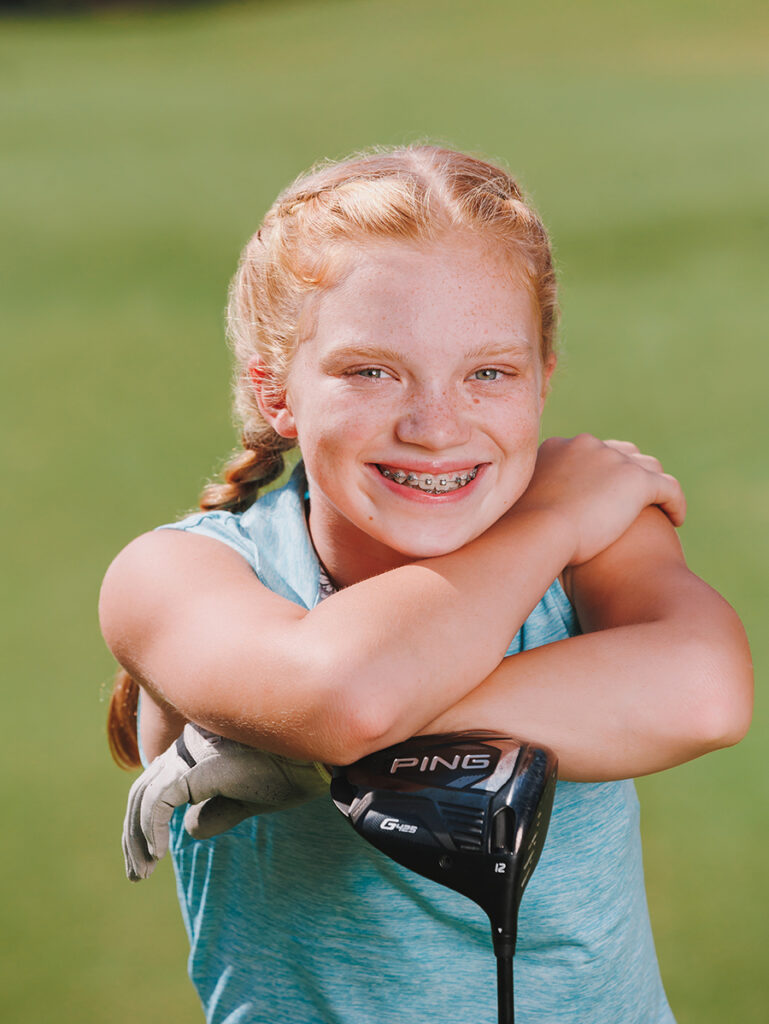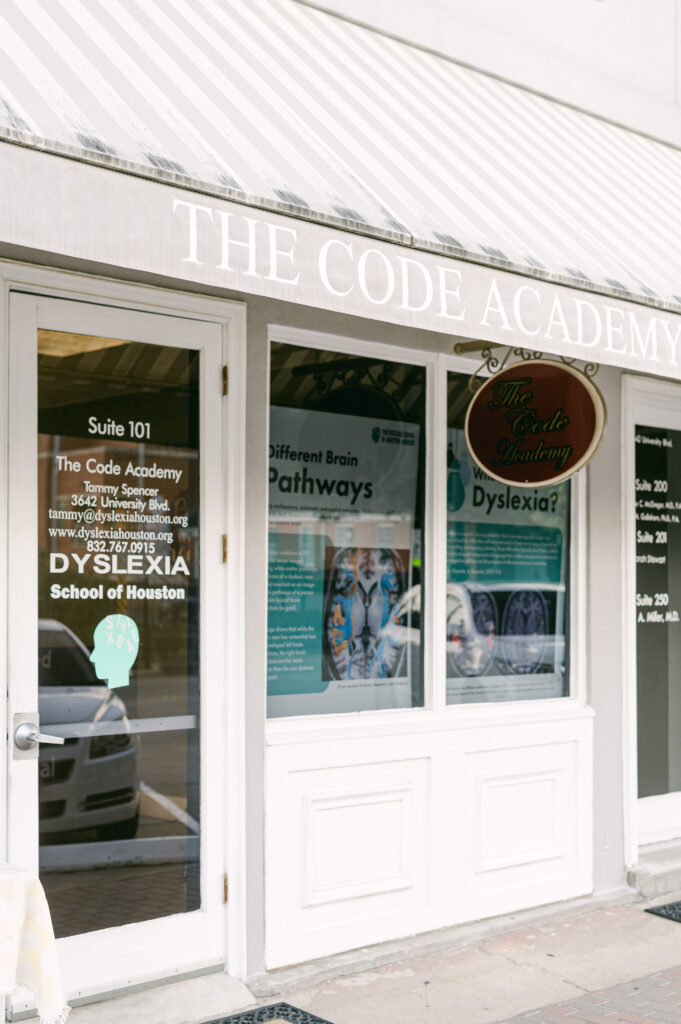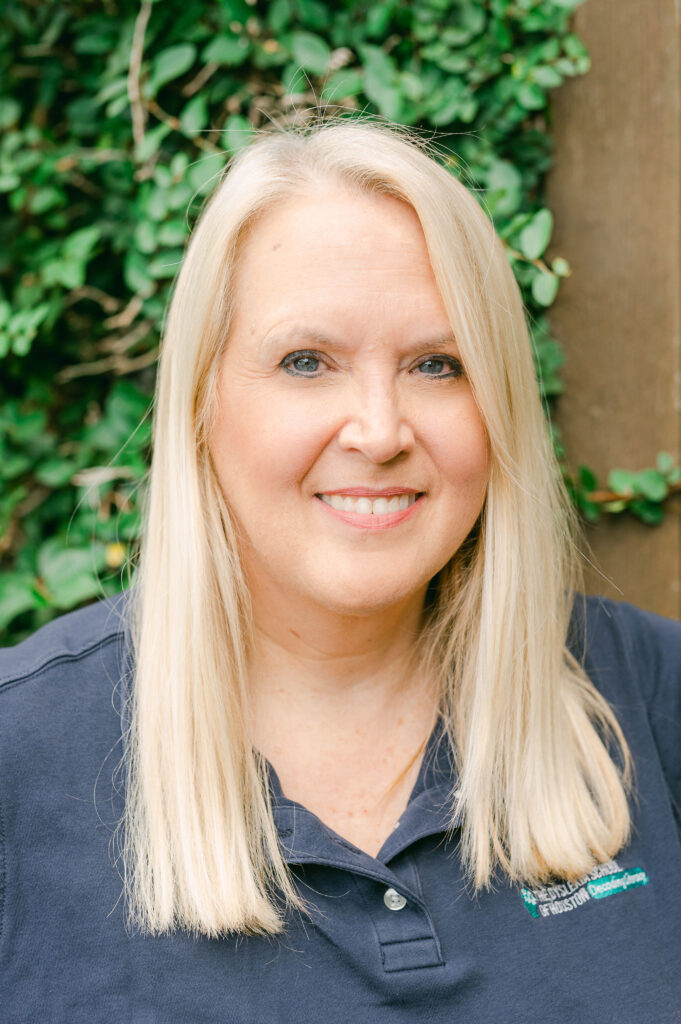 Golf can be a lot of things to a lot of different people. For many, it’s a chance to relax. For others it’s about the competition, or maybe just communing with nature. For 12-year-old Sadie Westbrook of Houston, it’s her sanctuary. The golf course is where Sadie feels at home. It also helps that she’s pretty good at it. She has won more than 20 junior tournaments, often against girls much older than her. And she loves to practice, whether it’s at BraeBurn Country Club, where her family has a membership, or on a simulator at home on the backyard putting green.
Golf can be a lot of things to a lot of different people. For many, it’s a chance to relax. For others it’s about the competition, or maybe just communing with nature. For 12-year-old Sadie Westbrook of Houston, it’s her sanctuary. The golf course is where Sadie feels at home. It also helps that she’s pretty good at it. She has won more than 20 junior tournaments, often against girls much older than her. And she loves to practice, whether it’s at BraeBurn Country Club, where her family has a membership, or on a simulator at home on the backyard putting green.
Introduced to the game when she was 5 years old by her father, Kris Westbrook, Sadie basically loves all things golf (she also plays a lot when her family spends summers in South Carolina), though she excels at track and cross country, too, having qualified for the 2021 AAU Junior Olympic Games in Humble.
 She also was an outstanding softball catcher and hitter until she decided to focus more on golf. Most recently, she’s been working with renowned golf instructor Clay Edwards, who is also a member at Braeburn and recognized her talent and determination.”She’s not going to get outworked,” said her father, Kris, a near-scratch player himself and the CEO of the energy consulting firm, Revenew International. “If Clay says, ‘putt four-footers for 30 minutes,’ she’s going to do that, while most kids will quit after two minutes and go get a hot dog.”
She also was an outstanding softball catcher and hitter until she decided to focus more on golf. Most recently, she’s been working with renowned golf instructor Clay Edwards, who is also a member at Braeburn and recognized her talent and determination.”She’s not going to get outworked,” said her father, Kris, a near-scratch player himself and the CEO of the energy consulting firm, Revenew International. “If Clay says, ‘putt four-footers for 30 minutes,’ she’s going to do that, while most kids will quit after two minutes and go get a hot dog.”
While attending a junior golf camp run by the University of Houston women’s golf coach and some of her players, Sadie formed a bond with them. Her current goal is to someday play on the Cougars women’s golf team, which is why she has a UH golf bag and wears a UH hat. Of course, given that her father is a Houston alum doesn’t hurt either.
“Whether she hits a good shot or a bad shot, it’s really hard to tell,” said Lydia Gumm, who took over the UH program a couple of years ago as its women’s coach. “Her demeanor is really steady. You never know whether she is playing good or bad. She’s very mature for her age. And she comes from a phenomenal family. Her parents have done a great job.”
On the golf course, Sadie seems to have all the confidence in the world. She doesn’t take much time over the ball, pulling the trigger quickly to hits one wonderful shot after another. And she’s really good at reading greens, but traditional reading often throws her for a loop.
 You see, Sadie is one of millions of children who are challenged with dyslexia. She also battles anxiety and an eye disorder called Duane’s Syndrome, in which her left eye doesn’t move properly. Her father has the same eye condition, but he has learned to adjust. And Sadie, who has a new pair of glasses designed to help, is also learning to compensate. As for the anxiety, she has a few tricks for that, too. For example, if she’s having a tough time on the golf course, her mom, Traci, likes to feed her the first few words from the lyrics of a song from the Tony award-winning musical, “Hamilton.” Sadie will finish the lyrics. She knows them all by heart, having seen the play both live once, and on TV dozens of times. It calms her down.
You see, Sadie is one of millions of children who are challenged with dyslexia. She also battles anxiety and an eye disorder called Duane’s Syndrome, in which her left eye doesn’t move properly. Her father has the same eye condition, but he has learned to adjust. And Sadie, who has a new pair of glasses designed to help, is also learning to compensate. As for the anxiety, she has a few tricks for that, too. For example, if she’s having a tough time on the golf course, her mom, Traci, likes to feed her the first few words from the lyrics of a song from the Tony award-winning musical, “Hamilton.” Sadie will finish the lyrics. She knows them all by heart, having seen the play both live once, and on TV dozens of times. It calms her down.
But for the past two years, Sadie has received another help with her dyslexia from a relatively new source, the Dyslexia School of Houston. Educator Tammy Spencer, who founded the school, remembered the first time she met Sadie.
“She mumbled and didn’t make eye contact,” Spencer said. “It’s a struggle for her to do her homework. She has to work 10 times harder than her peers. But if you put her on a golf course or a running track or a softball field, she’s George Springer in female form. It completely blows you away.”
 Spencer who spent some 30 years in the Texas public education, including most recently as the senior manager for Dyslexia Services for Houston ISD, started the private Dyslexia School of Houston (DyslexiaHouston.org) during the pandemic, when most students weren’t allowed back in the classroom. Online education was especially tough for kids with learning disabilities, and Spencer said public education, for a variety of reasons, was failing these children.
Spencer who spent some 30 years in the Texas public education, including most recently as the senior manager for Dyslexia Services for Houston ISD, started the private Dyslexia School of Houston (DyslexiaHouston.org) during the pandemic, when most students weren’t allowed back in the classroom. Online education was especially tough for kids with learning disabilities, and Spencer said public education, for a variety of reasons, was failing these children.
According to the Yale Center for Dyslexia & Creativity, about 20 percent of the population has a form of dyslexia. The problem is that public education systems identify a small fraction of that number and often the ones who are diagnosed are not identified early enough, and they simply never get the proper help they need. Spencer created the school to give families that help.
And while the school is tuition based, Spencer has also created the nonprofit Code Academy to help families who can’t afford to pay tuition.
But while most people are familiar with dyslexia, they might not fully understand what it is, nor how many people they might know suffer from it. Most people think that dyslexia is simply seeing or writing letters backwards. It’s much more than that.
According to the International Dyslexia Association: “Dyslexia is a specific learning disability that is neurobiological in origin. It is characterized by difficulties with accurate and/or fluent word recognition and by poor spelling and decoding abilities. These difficulties typically result from a deficit in the phonological component of language that is often unexpected in relation to other cognitive abilities and the provision of effective classroom instruction. Secondary consequences may include problems in reading comprehension and reduced reading experience that can impede growth of vocabulary and background knowledge.”
Actors Tom Holland (Spiderman), Keanu Reeves, and Jennifer Aniston, have all had to overcome their dyslexia. Former football player and Heisman Trophy winner Tim Tebow has been very outspoken as well. Aniston of “Friends” fame, was quoted as saying, “I thought I wasn’t smart. I just couldn’t retain anything. Now I had this great discovery. I felt like all of my childhood traumas, tragedies, dramas were explained.”
Warning signs that a child may have dyslexia include speech delay, a hard time learning letters, and struggles with word retrieval and sequencing events for preschool children. Elementary age students who might have dyslexia have trouble learning letters and the sounds they make, are poor spellers, and often avoid reading. And by the time they get to high school, students with dyslexia often read very slowly, make poor grades, and are still poor spellers with a limited vocabulary.

Tammy Spencer
Spencer said the key is to use a scientific approach in teaching. Standard teaching simply doesn’t work for people with dyslexia.”If a child can’t learn the way we teach, we need to teach the way they learn,” said Spencer of what they are doing at the Dyslexia School of Houston. “We teach them every letter and sound. If I say the sound, what letter do you write? We’re connecting the reading, the writing, the spelling, everything.”
So far, nearly 50 children, ages 3-15, are receiving help at the Dyslexia School of Houston. They come in at different hours, some before they’re regular schooling, and some afterwards, as late as early evening. Spencer is amazed how talented they are in other areas, which isn’t unusual.
“They are amazing at math and science, and art,” she said. “They have this creative ability, then you put a book in front of them, and they freeze.”
Many of the children who attend the school have made significant progress, including Sadie. “This is working. I’m getting results,” Spencer said.
But it’s an ongoing process, she said. People with dyslexia need to own it and know they will overcome it. But it never goes away.
“She will never be out of my life,” Spencer said of Sadie. “And reading will never be fun for her. But she does improve with practice.”
Just like she does with her golf game, but it just doesn’t come as easy.
By Mike Bailey